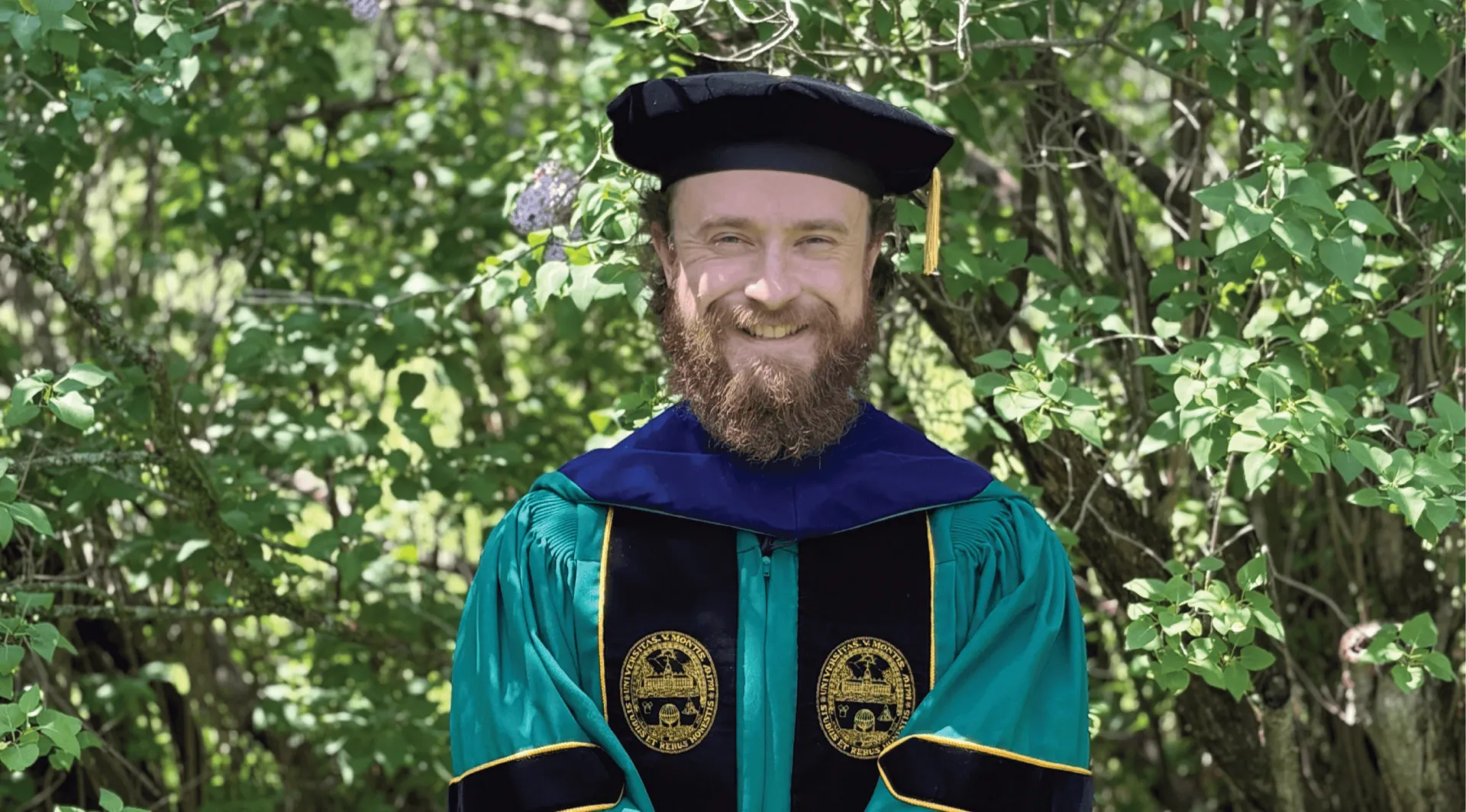Just like we use electricity to power our homes, our cells have a power system as well, mitochondria. To properly supply our cells with energy, mitochondria are trafficked throughout the cell and drive numerous cell processes including cell migration and proliferation. The trafficking of mitochondria is driven by specialized proteins known as microtubule motor proteins (kinesin and dynein). The mitochondria are tethered to motor proteins via motor adaptor complexes which include the proteins Miro1/2 and TRAK1/2. Loss of Miro1 has been linked to slower tumor progression in some cancers. Previous work from the lab of Dr. Brian Cunniff has shown that removing Miro1 results in mitochondria clustering around the nucleus of the cell and leads to abnormal cell growth, proliferation, subcellular signaling, and a cell cycle defect. This perinuclear clustering of mitochondria has also been observed in several cancers including mesothelioma, lung, and breast cancer.
In new work published in the Journal of Cell Science by Nathaniel Shannon, PhD, a post-doc and previous PhD candidate in the Cunniff lab, the authors dive deeper into what leads to these cellular alterations upon loss of Miro1. The authors conducted RNA-sequencing to compare gene expression in cells containing functional Miro1 and those without. They found many differentially expressed genes related to the MAPK pathway, which plays a role in many cellular processes including differentiation and cell cycle progression. More detailed analysis revealed that two specific proteins in the pathway, ERK1/2, were hyperphosphorylated with loss of Miro1. No changes in the expression of the phosphatases responsible for dephosphorylating ERK1/2 were detected, leading the authors to hypothesize that the hyperphosphorylation is due to increased oxidation of ERK1/2.
Future work will focus on determining if the changes in gene expression previously seen upon loss of Miro1 are primarily due to the loss of protein or to the resulting phenotype of perinuclear clustered mitochondria. To study this, Dr. Shannon is using optogenetics to artificially localize mitochondria to specific regions of the cell. Any resulting gene expression changes seen after using the optogenetic method will be the result of subcellular localization and not loss of Miro1. Dr. Shannon hopes that the results of this work will lead to a clearer understanding of the impact perinuclear clustering of mitochondria has on gene expression and the potential for new therapeutic drug targets.
This work was supported by Dr. Marcelo Bonini and his group at Northwestern University, as well as University of Vermont Cancer Center member Dr. David Seward. To learn more, read the full publication here.
